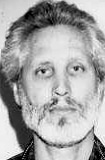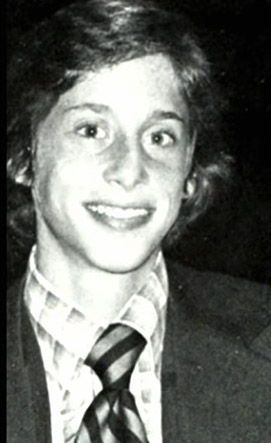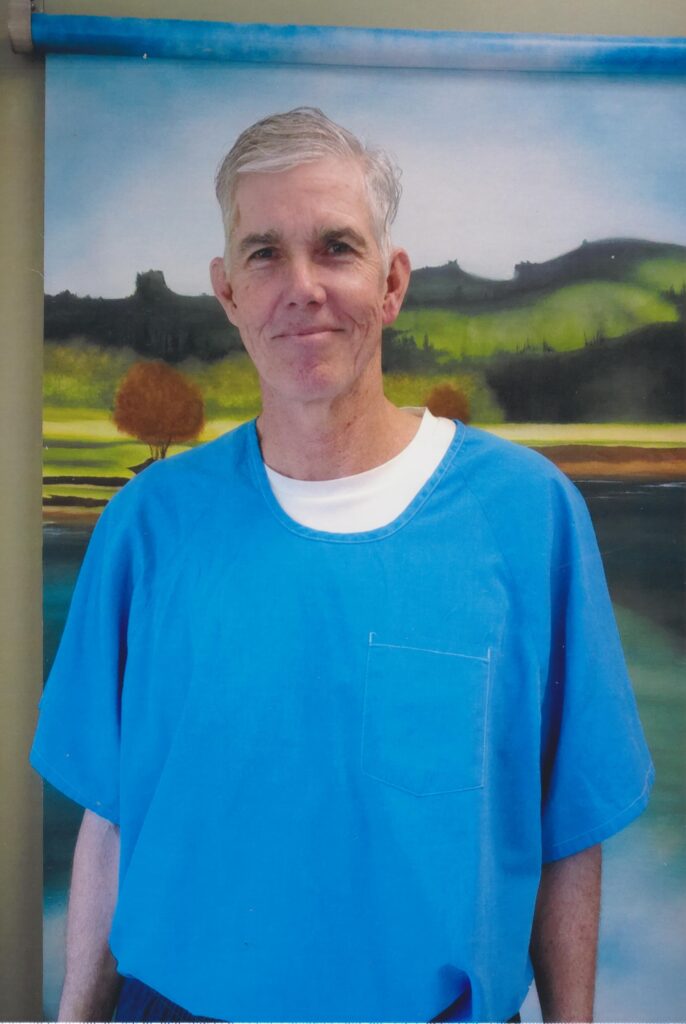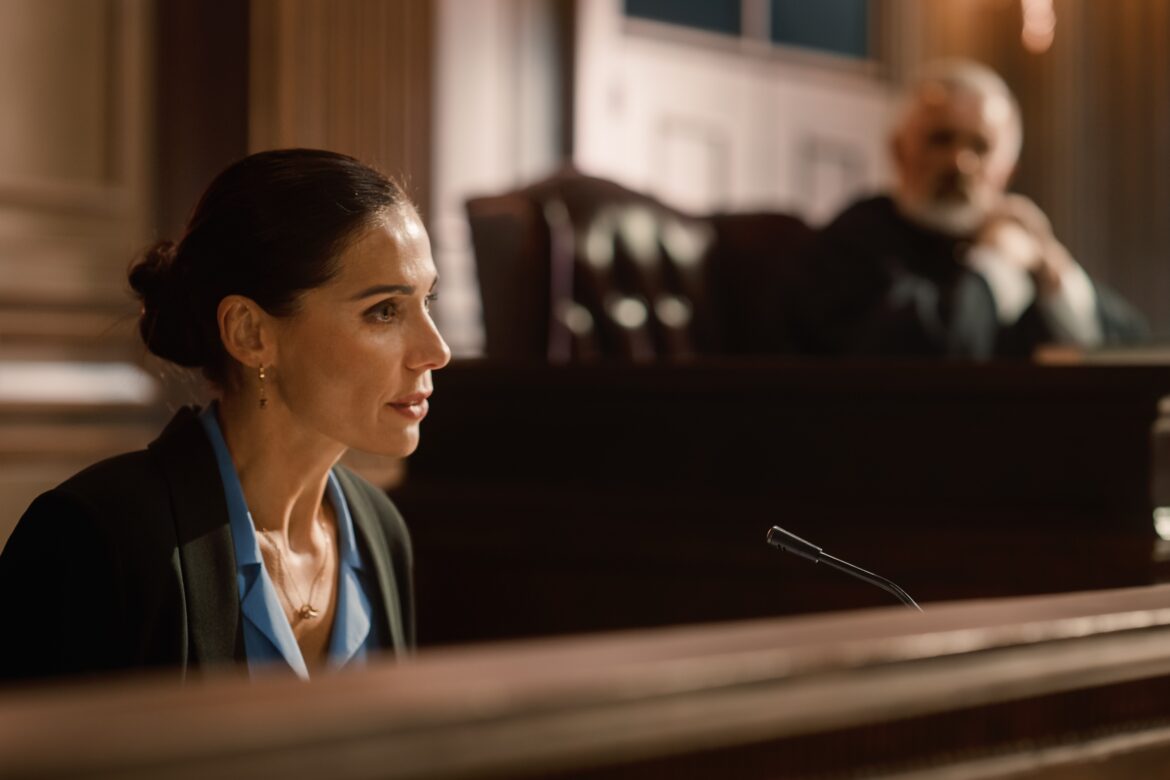Ask Joe: Can New Testimonies Overturn a Conviction Based on Circumstantial Evidence?
March 1, 2024
By Joe Hunt
Kurt Kissinger wrote:
“It’s called circumstantial evidence. People are convicted on that basis, every day. You want to use public sentiment to have him released because you have no evidence that he didn’t do it. P-off!”
So by “no evidence,” are you referring to the eight non-partisan witnesses who came forward after he was convicted, passed polygraphs, and swore under oath that they saw Levin, the con artist, alive after the date of the alleged homicide? Like that kind of “no evidence”?!?
And BTW, eyewitnesses are called direct evidence, the sort of evidence that has been deemed proof beyond a reasonable doubt in millions of criminal cases.
Questioning the Evidence: What Really Happened?
Now, I grant you that some types of circumstantial evidence are compelling, and circumstantial facts can amount to almost iron-clad proof. However, in this case, the circumstantial evidence is essentially:
- Levin, the out-on-bail con artist, disappears.
- I said I “knocked off” Levin.
- Lists were found at Levin’s house, authored by me, that arguably could have been an extortion plan.
Arguably, the third piece of circumstantial evidence is the State’s strongest point. However, consider the following:
I was asked about the to-do lists when I testified. About a day of cross-examination was spent going through them in detail. The trail from those documents doesn’t lead where you think.

Con Man
Advocate for justice in light of Joe Hunt’s unfair legal treatment by supporting his bid for a fair parole review. His commendable behavior and positive contributions highlight his rehabilitation. Sign the petition to endorse a balanced review of his case, emphasizing the need for justice and fairness in our legal system.
The Misunderstood Evidence: A Closer Look at the Lists
“After I was convicted, a witness came forward who had seen Ron Levin on June 5, 1984 in his office in possession of the to-do lists.”
Did you know that after I was convicted, a witness came forward who had seen Ron Levin on June 5, 1984, in his office in possession of the to-do lists? Who said that? Why, Karen Marmor, wife of Lenny Marmor. Lenny was a prosecution witness in the 1987 trial and was presented as Levin’s closest friend and associate. His wife Karen did not testify. The two lived next door to Ron Levin in Beverly Hills.
Karen testified that she spent her career as an officer at a bank. She said she didn’t follow the 1987 trial and had no idea that the odd lists she had seen and perused on Levin’s desk while she was waiting for him to get off the phone were the centerpiece of the case against me. But she distinctly recalled some of their unusual content.
The proof that Levin had these lists on the day before he disappeared, coming from a witness affiliated with the prosecution camp, completely upends the prosecution’s theory.
The Impact of New Testimonies: Shifting Perspectives
The 1987 jury convicted me, believing those lists arrived at Levin’s house on June 6th and were used as a checklist in a murder-extortion scenario.
However, Karen’s testimony explodes that myth. As I testified in 1992, the lists were notes taken at a meeting involving several BBC members who were brainstorming on how to get Levin to pay the millions he had cheated them and me out of. I testified that I had later used the lists, showing them to Levin on June 5th, as a prop in a plan to intimidate Levin.
I showed Levin the lists and ultimately left them with him while explaining to Levin that the men in the BBC were not going to take his scams lying down and that there would be consequences if Levin ignored his debts.
Karen Marmor’s testimony corroborated my story.
If Joe’s story has moved you, share this article to raise awareness. The more people know, the stronger the push for a re-examination of his case. Use your voice on social media to advocate for transparency and fairness in the legal system.
Juror Perspectives and the Power of Testimony

After the San Mateo trial in 1992, the jurors were interviewed about Karen Marmor and asked if they found her and my explanations of the To-Do lists credible. The eight jurors who signed declarations said they did. They said they found Karen, a former bank officer and wife to a key prosecution witness, a lot more credible than Dean Karny, the government’s immunized witness and the sole killer of Hedayat Eslaminia.
The truth, as we learned from Karen’s testimony, was that Levin came into possession of the legendary To-Do lists a day before he disappeared, negating the “recipe for murder” theory that has been grist for all the media accounts of the case.
“The truth, as we learned from Karen’s testimony, was that Levin came into possession of the legendary To-Do lists a day before he disappeared.”
So that whittles down the State’s circumstantial case to just one point other than the bare fact that Levin left his rental flat: I claimed to be responsible for Levin’s disappearance. Given that I was aware that Levin fled and had reason to lie about being responsible, both to save face and to opportunistically intimidate a rival faction in the BBC, it’s difficult to call this circumstance “proof beyond a reasonable doubt.”
Indeed, one is left asking, “What do I trust?” My word to his erstwhile compatriots in the BBC or all the independent evidence that points to Levin absconding — including our eight fellow citizens who came forward to tell us they saw Levin alive later?

Join the Conversation: The Ask Joe Series
Do you have questions about Joe Hunt’s case or want insights on the justice system? Be a part of our ongoing “Ask Joe” series. This is your chance to engage directly with Joe and delve deeper into his story and experiences. Post your questions on our Facebook page or X.com, or send them to us privately, and stay tuned as Joe addresses your queries in upcoming segments. Your question could be the next one we explore in our journey for justice and understanding.
Don’t miss this unique opportunity to interact and gain perspective straight from Joe. Ask away, and let’s unravel the complexities together!

